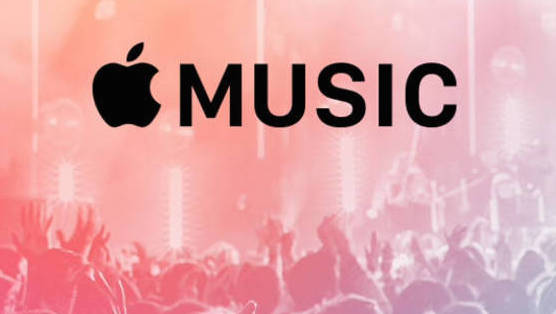Apple Music: The Good & The Bad

The much-anticipated Apple Music was finally released to the public last week. So, in order to really test out the new platform, I have listened to music exclusively through Apple Music for the last seven days. I came away with a lot of thoughts on the service, many of them good, many of them not so good. Here’s what I learned.
The Good
One huge obvious benefit to this service is that it is fully integrated with iOS and all iOS devices. This not only gives millions of people an extremely easy way to sign up, but it also makes it much easier to use. Instead of having to get used to the UI and design of a third-party service, Apple Music fits comfortably into the Apple ecosystem, meaning if you own an Apple device, you can pretty easily figure out how to use it. Also, while iTunes is no longer on the cutting edge of the music industry, dozens of millions of people still use it and still have large music libraries. Apple Music offers an extremely easy and simple way for those people to transition over to a streaming service in a graceful way without forgoing their entire existing music collection. By letting users upload up to 25,000 songs to the Apple Music cloud (rumors say that this will be upped to 100,000 later this year), you can essentially combine your downloaded library with your streaming favorites in one place.
As with just about every Apple product, the design is really nice to look at. The company’s design team is among the best in the world and always thinks first about user experience. While the design here (mobile and desktop) is not jaw-droopingly beautiful like most of their hardware products, the clean design is intuitive, and very nice to look at for prolonged periods of time.
While I found the mobile UI a bit crowded and hard to navigate, the desktop version was much better. Just having the extra screen space helped the design come through and not feel overwhelming. Still, however, it is definitely difficult to find your way back somewhere if you’ve lost your way. For example, the recommended music videos are found in the ‘New’ section and not in the ‘For You’ tab. And within each tab, it is tough to see why things are ordered the way they are. Songs found on Connect are displayed above Hot Albums, etc. 
Beats 1, the universal 24/7 radio station, is actually pretty fun to have. I was skeptical at first, but I found it nice to check on every once and a while and see if they were playing something interesting. If so, it was really handy to be able to immediately add a song to My Music or to a playlist, straight from the radio.
And yes, it is great to be able to stream 1989 and The Chronic on the same service.
-

-

-

-

-

-

-

-

-

-

-

-

-

-

-

-

-

-

-

-

-

-

-

-

-

-

-

-

-

-

-

-

-

-

-

-

-

-

-

-











































